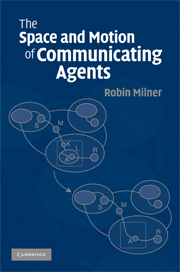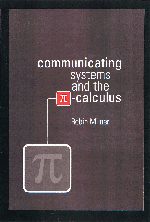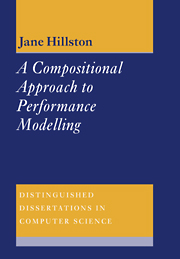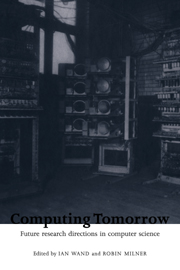The Space and Motion of Communicating Agents
The world is increasingly populated with interactive agents distributed in space, real or abstract. These agents can be artificial, as in computing systems that manage and monitor traffic or health; or they can be natural, e.g. communicating humans, or biological cells. It is important to be able to model networks of agents in order to understand and optimise their behaviour. Robin Milner describes in this book just such a model, by presenting a unified and rigorous structural theory, based on bigraphs, for systems of interacting agents. This theory is a bridge between the existing theories of concurrent processes and the aspirations for ubiquitous systems, whose enormous size challenges our understanding. The book is reasonably self-contained mathematically, and is designed to be learned from: examples and exercises abound, solutions for the latter are provided. Like Milner's other work, this is destined to have far-reaching and profound significance.
- New and significant work from Turing Award winner Robin Milner
- Presumes no prior knowledge of the mathematical structures employed
- Contains exercises and their solutions, worked examples and a glossary of terms
Product details
May 2009Paperback
9780521738330
214 pages
228 × 152 × 12 mm
0.32kg
50 exercises
Available
Table of Contents
- Preface
- Part I. Space:
- 1. The idea of bigraphs
- 2. Defining bigraphs
- 3. Algebra for bigraphs
- 4. Relative and minimal bounds
- 5. Bigraphical structure
- 6. Sorting
- Part II. Motion:
- 7. Reactions and transitions
- 8. Bigraphical reactive systems
- 9. Behaviour in link graphs
- 10. Behavioural theory for CCS
- Part III. Development:
- 11. Further topics
- 12. Background, development and related work
- Appendices: Appendix 1. Technical detail
- Appendix 2. Solutions to exercises
- Bibliography
- Index
- Glossary of terms and symbols.






